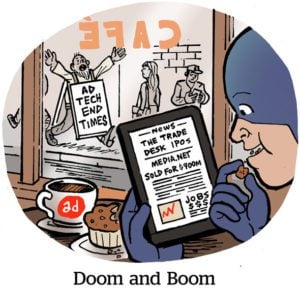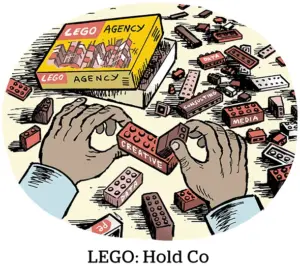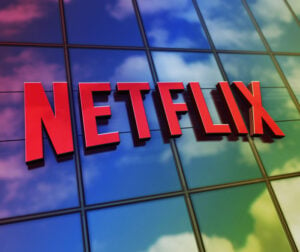Sensodyne wanted to do more than just get a sense of whether people were paying attention to its TV ads. The Haleon-owned toothpaste brand also wanted to optimize for attention.
But that’s a challenge, because Sensodyne considers its product to be “quite mass market and broad,” said Phil Jackson, the brand’s global head of digital marketing effectiveness.
In fact, tooth sensitivity is already the most common dental issue in the UK, where Haleon is based.
And so Sensodyne and Publicis Le One, Haleon’s media agency of record, partnered with audience measurement company TVision to analyze UK attention trends across the greater oral care industry to determine which channels, programs and dayparts rank highest.
The agency then made small tweaks to optimize ad placement based on when and where UK audiences were most likely to actually tune in. These adjustments led to a sharp increase in attention for Sensodyne ads, but they also appear to have had a positive impact on short-term product sales.
How TVision works
As anyone who’s daydreamed in the middle of a long meeting can attest, however, being physically present doesn’t correlate to actually paying attention.
TVision’s technology attempts to account for this by tracking eyes-on-screen attention among an opted-in panel using a measuring device installed by the panelists themselves.
The device captures images of whoever’s sitting in front of the TV screen. It then translates the images into a coded format, similar to the way PII is typically processed. If a subject’s eyes are directed somewhere other than the screen, it counts as a “zero.” If a viewer is facing the screen, it’s a “one.”
The final attention metric is based on the percentage of viewers who had their eyes on the screen for two or more seconds while an ad was playing.
This form of passive data collection paints a more accurate picture of engagement, said TVision CEO and Co-Founder Yan Liu. It also creates a better, less disruptive experience for panelists, who churn at a lower rate compared to more traditional measuring methods, he claimed. (Panelists also receive modest monetary compensation for their participation.)
“There’s no button [to] push, there’s no survey, there’s no phone call,” Liu said. “The only thing we ask you to do is to enjoy the show.”
Optimizing attention
Working with TVision, Sensodyne learned that certain dayparts generated far more attention than others. Weekends, for example, and primetime (between roughly 8 pm and 11 pm on weekdays) yielded particularly good attention rates.
TVision also looked at attention rates over an extended time period, which allowed it to home in on – and by extension rule out – certain seasonal trends. Attention often “starts to wear out” during the Q4 holiday season, for instance, possibly as a result of market oversaturation, said Hollan Wills, a senior research analyst at TVision.
Monitoring specific TV channels also produced useful insights.
Channel 4 (not to be confused with BBC Four), for instance, turned out to be a “sweet spot” for delivering the strongest attention at peak viewing times, Jackson said.
The results
With this data in hand, Publicis Le One began making slight adjustments to Sensodyne’s media buying plan.
This included increasing Sensodyne’s presence on certain channels and shifting toward placements during high-performing programs on channels where ads were already airing.
The shift toward higher attention channels almost immediately drove more attention. Engagement with Sensodyne’s TV ads increased from 54% in February to 62% within two months.
But, more importantly, Sensodyne’s TV optimization efforts likely boosted the brand’s short-term sales. While Sensodyne isn’t able to isolate the impact of TV ads and prove true causation, Jackson feels optimistic about the connection.
“You can make all these changes [and] the numbers can all look like they’re going in the right direction,” he said. “But, ultimately, you want to make sure that the business has been positively impacted. And we can say that it has been.”
What’s next?
Moving forward, media managers across Haleon’s business, who typically invest in digital channels like YouTube and Meta, will be able to use this attention metric data in similar experiments, including for streaming.
Because many of the same rules from linear apply to connected TV.
“CTV has drastically changed the game in terms of viewing patterns,” Wills said, “[but some] are very intuitive in terms of looking at someone’s typical workday and when they have the most time to sit down and watch TV.”















